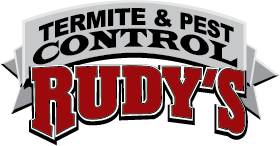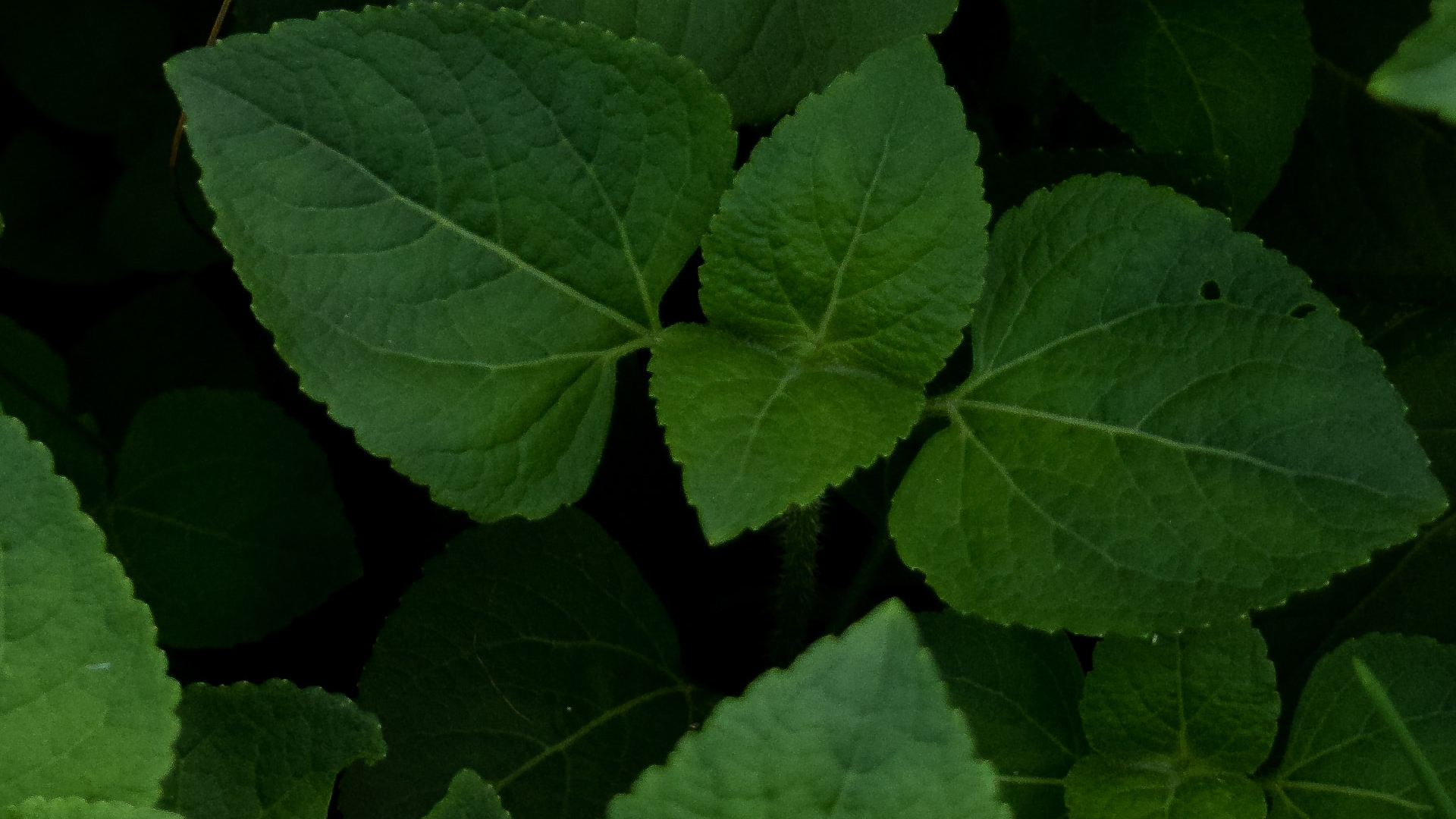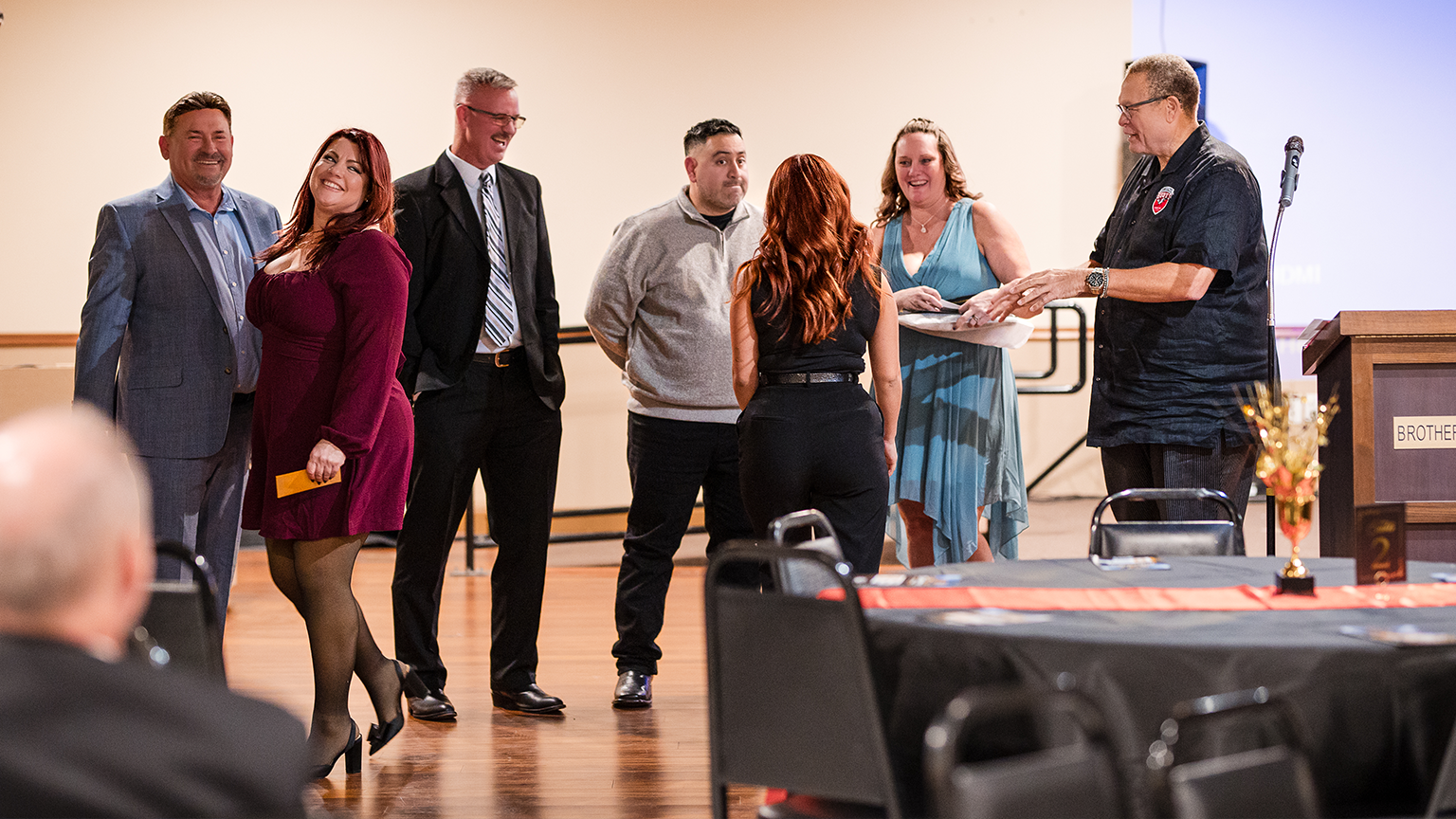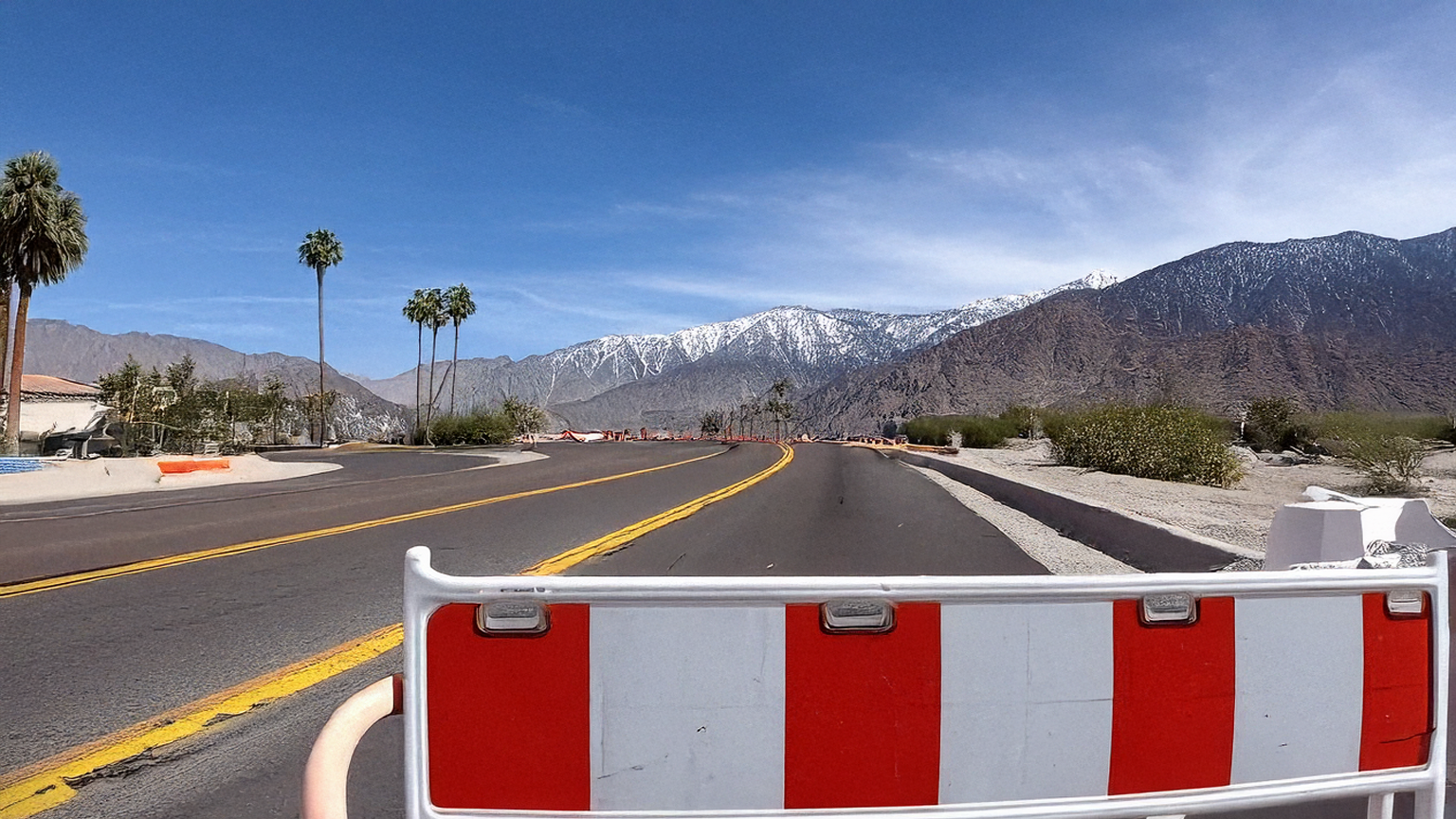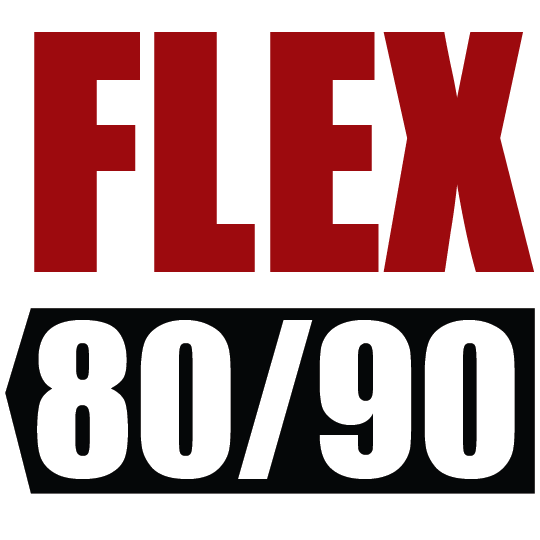Summer is here! Be on the lookout for common plant health issues in your yard. Not sure what to look for? A GreenRate landscape inspection arms you with a comprehensive report so you can take action yourself, share with the gardener, or let our experts help keep your plants healthy and happy – saving you money!
Citrus Gummosis
Gummosis is the most prevalent fungal pressure we face in the Coachella Valley. It affects many plants in the form of root rots, crown rots, and bark rots, but citrus seems to be hit the hardest.
How did my trees get Gummosis?
Gummosis is primarily spread through the tools gardeners use to prune trees with. Pruning tools need to be sanitized between trees or sometimes even between branch cuts. Overwatering can also be a factor as the roots never get a chance to dry out properly and root rots can be an issue
What can I do about Gummosis and how does it affect my tree(s)?
There is no cure for Gummosis. However, with proper treatments it can be controlled and extend the life of your trees. If left untreated it can cause severe branch die-back and the tree slowly dies; it can take years for the tree to decline.
Treatments for Gummosis are available and can be either a fungicide application coupled with soil treatments, or a non-chemical treatment is also available.
Nut Sedge
Nut Sedge is a summer (noxious) weed. Although we are starting to see populations in as early as January/February, treatments don’t start till June. This is because the product to treat Nut Sedge can adversely affect our winter rye grass, so as the rye grass burns out in June, we start applications.
Nut Sedge is extremely difficult to control and may require multiple years to completely control, depending on how prolific your infestation may be. Even so, it can be completely eradicated with properly timed treatments. Control starts with three applications during the summer at 3–4-week intervals, with the last seasonal application being no less than 3-4 weeks prior to over-seeding.
Palm Fertilization
Palm feeding is seasonal, starting in April/May and continuing through October. In the warm season palms are more actively growing than in the winter, therefore the plant is more able to utilize the fertilizer. This process is for all palms, especially Queen Palms, which have a difficult time growing and surviving in the desert.
We have two types of fertilization. The first utilizes a palm-specific commercial product that is a high-quality slow-release granular fertilizer applied to the root zone, through the use of a specialized auger. The second method is a deep root injection process that utilizes our proprietary organic/synthetic combination product that is palm specific. This product is not only a plant food; it also contains Bio-Stimulants to increase root development and overall plant health.
Bark Beetles (tree injections, Bark Banding & other systemic treatments)
Bark Beetles, because of environmental warming, can be active all year. However, in the summer months, we find that the Bark Beetles or Borers, as they are commonly known as, are the most active and cause the most damage. It’s the beetle’s larvae that does the damage by consuming the Cambium layer (Vascular Tissue), cutting off vascular fluids (Phloem & Zylem) to the rest of the plant, causing branch die back and ultimately causing complete plant death if left untreated.
There are multiple treatments available for Bark Beetles, depending on plant species and how prolific the infestation is. Bark Banding is for active infestations as well as a preventative treatment and is considered a relatively fast-acting treatment.
Systemic root applications are mostly for preventative treatments and can be coupled with a deep root fertilizer, increasing the value of the application as well as plant health benefits.
Vascular Tissue Injections are also available and provide fairly quick response as far as insect control is concerned. However, not all trees can be injected and trees must have active vascular systems, such as in the warm season.
